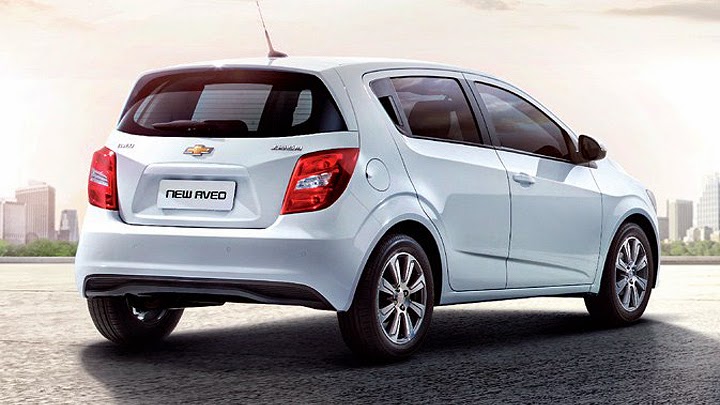
The original Aveo first appeared as Daewoo Kalos, in 2002, but it didn’t take long to follow GM’s way of selling global cars: the following years received Chevrolet Aveo and Kalos, Holden Barina, Pontiac Wave and Suzuki Swift+, in both three-door and five-door hatchbacks and sedan. Each of them in a different group of countries. The thing was, Daewoo’s original design was considered excessively plain, specially for market segments whose biggest public percentage accounts for young drivers. The car was very nice in aspects like comfort, equipments, internal room or fuel efficiency, but it was very hard to see someone liking it. The automaker’s solution came as refreshed looks in 2006, with extra efforts for the hatchbacks, but you can’t do much with only a facelift.
Aveo’s true “redemption attempt” came three years ago, with an all-new generation. The styling still showed lots of Eastern influence, but the badge engineering was reduced to two other brothers: Chevrolet Sonic and Holden Barina, only as five-door hatchback and sedan. The radical design looked better than ever, and managed to attract people who would never have taken its previous phases… but there were still some complaints. Most concerning the new car’s circular lights, whose three-dimensional construction was one of its key design cues. This is why General Motors went back to the drawing boards, coming up this time with a midlife facelift. The first official pictures came from the Chinese division, but this is probably the real thing for the rest of the world, too.










The good news is that it looks actually good, which is exceptionally surprising for vehicles debuted in China. The entire front fascia was redesigned, and now follows Chevrolet’s latest version of the signature two-part grille: the upper section is shorter and now carries the logo itself. The headlights adopted a more conventional design, but changed the outgoing’s double lamps into only one, and there are more chrome contours. The sides received new wheels, and the rear fascia got a similar “tone-down”: there are smoother shapes, specially at the sedan. The license plate area is bigger, and the tail lights also dropped those bubbly lamps in favor of a conventional layout. On some sort of plus side, if the overall result isn’t sporty anymore, at least it looks a little more elegant.
The cabin received less updates, but they had the same goal of adapting the cars to what Chevrolet has been doing since its previous phase appeared. There are better-quality materials, the instrument cluster had its analogic part slightly updated, and the dashboard 7” touchscreen now commands the latest version of the MyLink infotainment system. In China, the current Aveo uses two engines, both using four cylinders and burning gasoline: the sedan’s family orientation is expressed through a weak 1.4L unit, whose power was even reduced for the new car: it went from 103 to 99 cv. Since the hatchback, in turn, focuses on those who seek sportier driving, it uses the sixteen-valve Ecotec 1.6L, which reaches 117 cv.